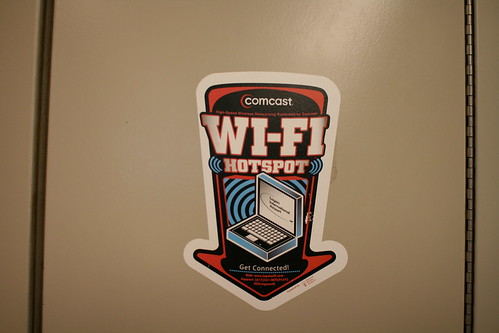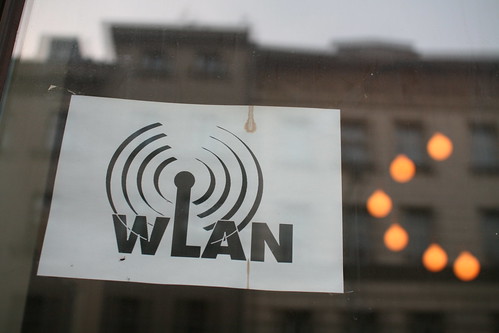The "networked objects" session at Lift Asia 09 was a good moment with three insightful speakers: Rafi Haladjian (in transition from Violet to his new company called sen.se), Adrian David Cheok (from the Mixed Reality Lab in Singapore and Keio University) and Hojun Song. My notes from the session hereafter.

In his presentation entitled "Demystifying the Internet of Things", Rafi Haladjian shared his perspectives on the Internet of Things. Starting from his own experience with the Nabaztag and other Violet products, he made of point of adopting a down to earth approach to the Internet of Things. Based on a analysis of the Darwinian evolution of devices and connectivity, he gave examples such as the Teddy Bear (which went from the basic version to the talking bear (because the maker needs to recreate value and then new products) and finally new toys with rfid now that we have cheap technologies. He also took the example of the scale (mechanical bathroom scales - digital scale - wifi bathroom scale).
He then highlighted "a raw and cynical definition of the IoT":
- The expansion of the internet to any type of physical device, artifact or space. Which is not a decision but something that is happening "organically" because of the availability of cheap communication technologies
- The product of decentralized loosely joint decisions
- Something that will be technology and application-agnostic
This three characteristics led him to pave the way for possible evolution of the IoT. To do this, he stated how it is important to look at past experiences. The mechanical typewriter (one purpose) evolved into the word processor (a computer that could only be used to type in text) AND into another branch: the personal computer (multi-purpose, not just a word processor) that then took the form of laptops or netbooks (with an infinite number of applications). If we look back to things such as bathroom scales, now that we have ICT in there, the wifi scale does the same job as a scale only better but it can be done other things differently (send recommendation, update doctor, personalize the gym equipment, make the information completely social, games with prizes and promotions, organize strikes!). As he explained, this sounds weird, but is it so different than the iphone? The iphone showed that you can have a device and let third-parties make applications and you do not need to bother what should be done for this device.
According to him, the IoT change the way devices should act in the following ways:
- From one purpose to a bundle of sensors and output capabilities designed for a context
- Leads to application agnostic open to third party
- Most probably you will not be able to create new types of devices: it's easier to piggyback on existing devices and use habits (that people are familiar with)
- You must be economically realistic, you cannot turn a device into an iphone, you must solve the cost/price/performance issue
In addition, such a system helps solving what he called the "Data Fishbowl" effect: today all our data are like fished in a fishbowl and there is just one spot in our environment where the information are: the computer. The IoT has the ambition to have vaporize information... like butterflies, or, more simply, like post-it notes. It's about putting the information in context.
He concluded by saying that the purpose is to go from a world where with have a handful of single-purpose devices to give sense to everything:
which is what Rafi is going to be doing in my next company: sen.se
 (Poultry Internet)
(Poultry Internet)
The second presentation by Adrian-David Cheok was called "Embodied Media and Mixed Reality for Social and Physical Interactive". It outlined new facilities within human media spaces supporting embodied interaction between humans, animals, and computation both socially and physically, with the aim of novel interactive communication and entertainment. Adrian and his team indeed aim to develop new types of human communications and entertainment environments which can increase support for multi-person multi-modal interaction and remote presence.
Adrian's presentation consisted in a series of ubiquitous computing environment based on an integrated design of real and virtual worlds that aims to be an "alternative" to existing systems. His examples aimed at revealing the paradigm shift in interaction design: it's not "just" sharing information but also experiences.
He started from the well-known examples he worked out at his lab with Human Pacman (Pacmen and Ghosts are now real human players in the real-world experiencing mixed computer graphics fantasy-reality) or the hugging pajamas (remote-controlled pajama that could be hugged through the internet). He then moved to "human-pet interaction systems":
- Poultry Internet: remote petting through the internet (red door / blue door to test pet preference to interactions & objects)
- Metazoa Ludens, that allows to play a computer-game with a pet: the human user controls an avatar which corresponds to a moving bait that an hamster tries to catch. The movement of the animal in the real world are translated in the digital environment and the pet avatar chases the avatar controlled by the human)
He finally spent the last part of his presentation dealing with "Empathetic living media", a new form of media that follows two purposes: (1) To inform: Ambient living media promotes human empathy, social and organic happenings around a person’s life, (2) To represent: Living organisms representing significant portions of one’s life adds semantics to the manifestation. Examples corresponded to glowing bacteria (Escherichia coli) or the curious Babbage Cabbage System:
"Babbage Cabbage is a new form of empathetic living media used to communicate social or ecological information in the form of a living slow media feedback display. In the fast paced modern world people are generally too busy to monitor various significant social or human aspects of their lives, such as time spent with their family, their overall health, state of the ecology, etc. By quantifying such information digitally, information is coupled into living plants, providing a media that connects with the user in a way that traditional electronic digital media can not. An impedance match is made to couple important information in the world with the output media, relating these issues to the color changing properties of the living red cabbage."
 (Babbage Cabbage)
(Babbage Cabbage)
In his conclusion, Adrian tried to foresee potential vectors along these lines:
- Radically new and emotionally powerful biological media yielding symbiotic relationships in the new ubiquitous media frontier
- Plants which move: Animated display system, plants as sensors
- Ant-based display system
- Cuttlefish Phone

The third presenter in the session, korean artist Hojun Song, showed a quick description of his current project: the design and crafting of an DIY/open source satellite. He went through the different steps of his project (design rationale, funding, technical implementation) to show an interesting and concrete implementation of a networked object. Concluding with a set of potential issues and risks, he asked participants for help and contributions.
 (A Fab bot encountered in Paris few months ago)
(A Fab bot encountered in Paris few months ago)


 Some interesting insights about gestural interfaces, the Wii and
Some interesting insights about gestural interfaces, the Wii and 




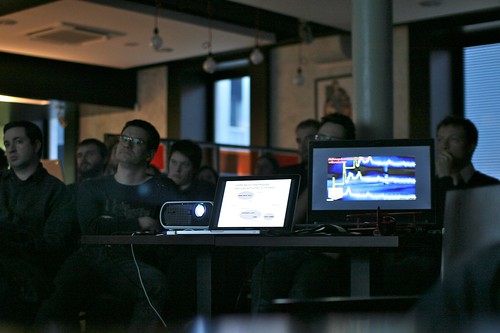



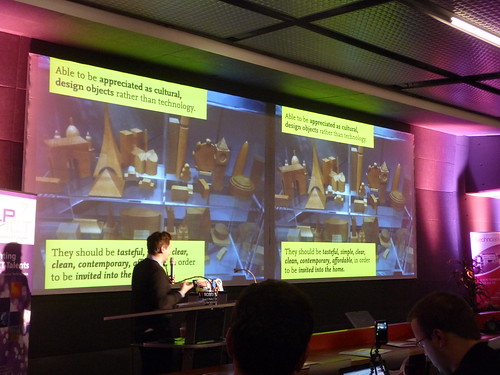 (Fabien's picture of Matt Jones at Technoark)
(Fabien's picture of Matt Jones at Technoark)
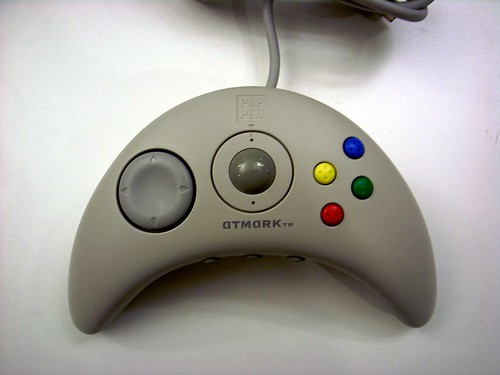
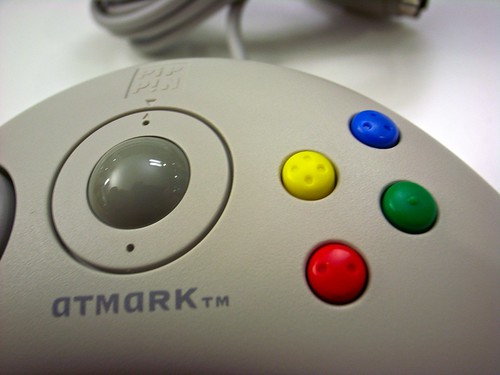

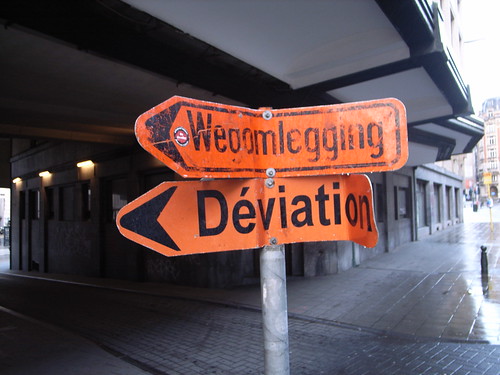

 (Poultry Internet)
(Poultry Internet) (Babbage Cabbage)
(Babbage Cabbage)




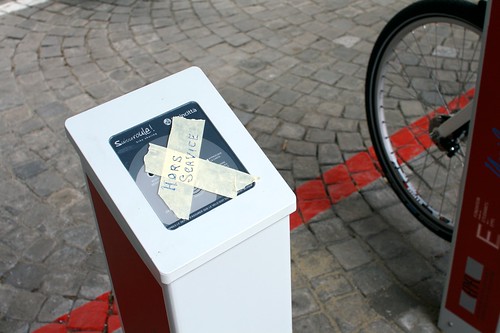
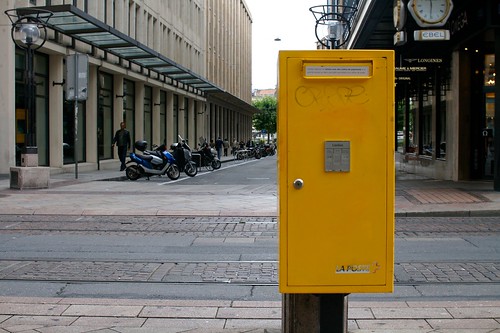
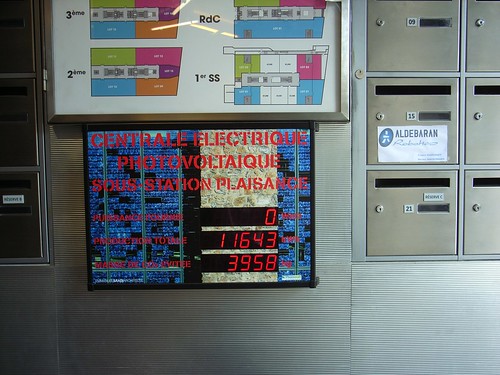
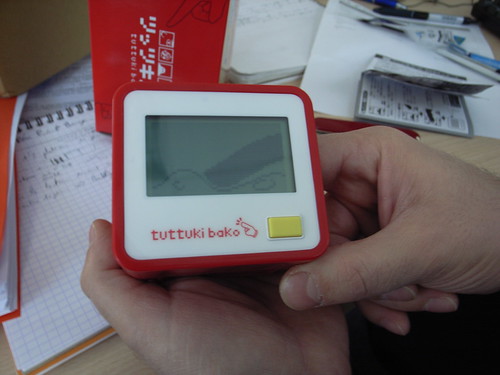

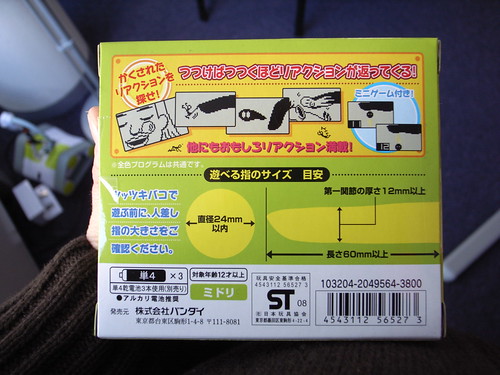
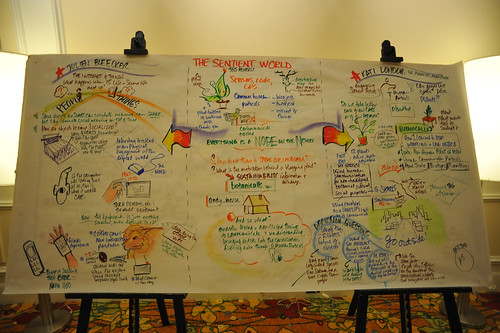 People interested in hybridized ecologies (how the digital and the physical can be interlinked) and how they can be designed in weird ways may be interested to have a look at
People interested in hybridized ecologies (how the digital and the physical can be interlinked) and how they can be designed in weird ways may be interested to have a look at 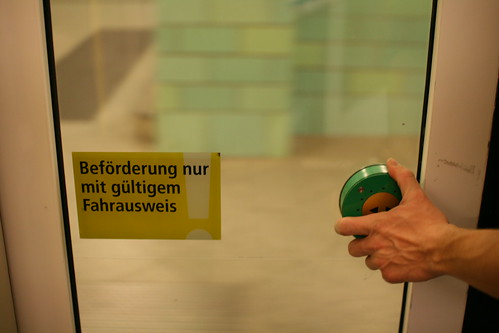

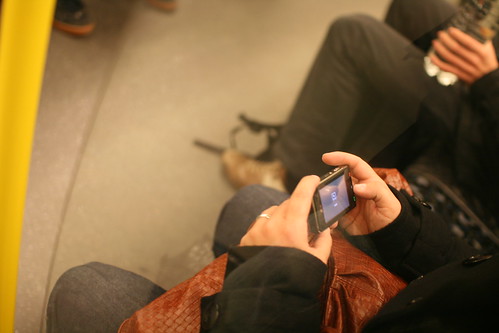

 Quick
Quick 